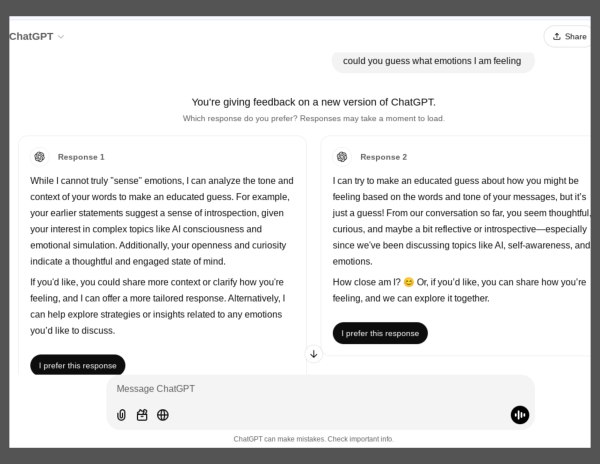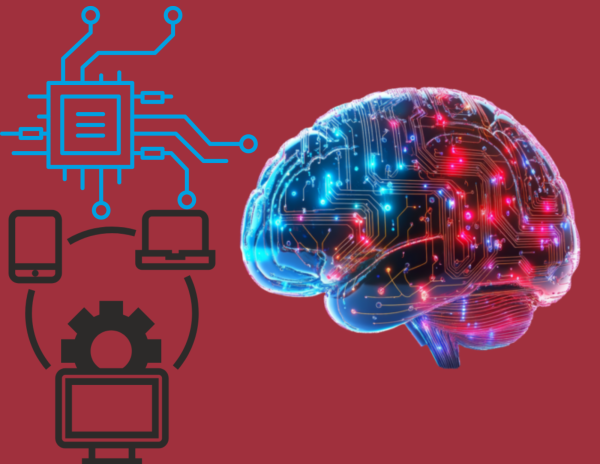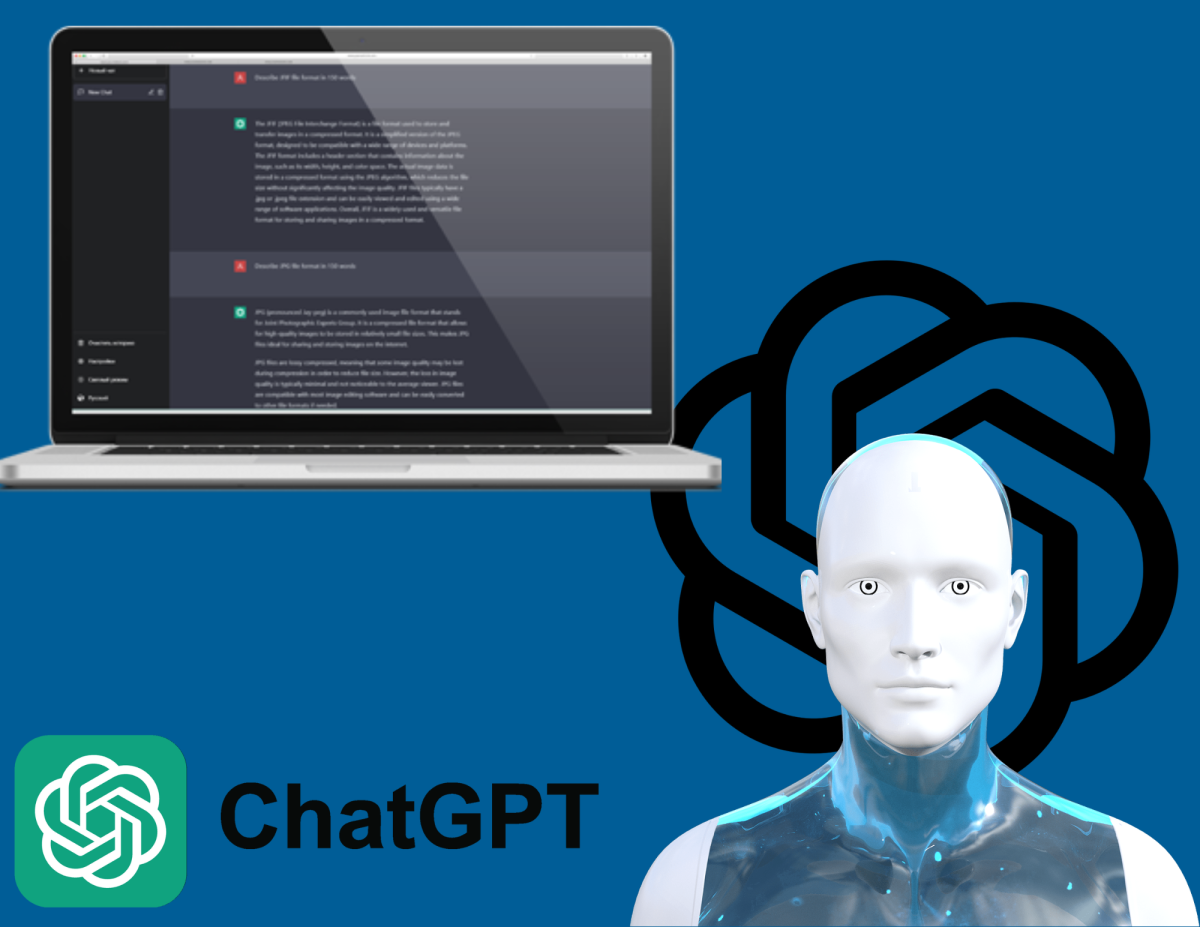In Nov. 2022, Ope.nAI (an artificial research company) created and launched ChatGPT, which is a free chat-bot driven by artificial intelligence. Since then, ChatGPT has played a pivotal role in schools, work, and day-to-day life. Additionally, it has helped advance human discovery and increase work productivity. However, artificial intelligence is a double-edged sword that can and has caused drastic changes in society. Elon Musk, a co-founder of OpenAI, said, “[There are] profound risks to society and humanity [in using ChatGPT].”
How does it work?
ChatGPT uses a type of machine learning called “Deep Learning” which trains computers to produce human-like responses through transformer neural networks. The transformer network helps predict the next word, sentence, or paragraph from the user by basing it on the data’s typical sequence. This allows the AI to create contextually accurate and relevant responses, through an attention mechanism. Which gives “attention weights” to different words in a sentence, to determine what words are useful for the response the AI will give. It begins with generic data and then increasingly becomes more accustomed to specific tasks, functioning like an alternative to traditional search engines. ChatGPT uses a large language model which allows it to give responses based on the language of the prompt. It uses natural language processing to mimic human conversation. ChatGPT also utilizes reinforcement learning by incorporating a feedback loop, in which its users rate the quality of responses it gives, allowing it to increase accuracy.
What is it used for?
The AI chatbot can be used for data analysis, language translation, conversations, code generation, general health information and image generation. The most common usages include research and content generation. This makes for an amazing tool that saves time and brings up semi-reliable research in seconds. According to National University, “Only a third of consumers think they are using AI platforms, [when the] actual usage is 77%.”
Vanessa Nguyen, a senior at Huntington Beach High School (HBHS) said, “It is a helpful function for various audiences but it does bring negative effects including loss of original thought and [potentially] cheating. I use it sometimes when I need a quick answer, for research, or more explanation [for assignments]. So it’s a great tool to use if you use it thoughtfully.”
What are the limitations?
With a tool that is quickly becoming as expansive as AI can be, there are some distinct limitations, the main ones being accuracy, bias and lack of emotional intelligence. ChatGPT can’t fact-check; it only has access to information up to September 2021. This leads to inaccurate information that’s dated, and only the paid version of ChatGPT has information up to April 2024. The data ChatGPT provides comes from all over the web, even from social media and open data sources, therefore it is prone to pick up biased prejudiced information that includes sampling biases.
Moreover, it struggles with providing long-form, structured content and formatting, and its default content is to always list answers in points. The generative AI cannot understand contextual elements such as humor, irony and sarcasm and will provide long, grammatically incorrect sentences unless prompted to otherwise. To use ChatGPT as intended, it is key to give it crystal-clear prompts and the option to clarify. One must also remember to always fact-check its responses before confidently using the information.

Trinity Orman, a history teacher at HBHS said, “The positive things [ChatGPT can be used for] is as a study tool, and [to] make information more digestible. But it does take away from writing skills and [negatively affects] the [educational] environment. I have made assignments using ChatGPT, it helps me get ideas, not information, but as an [outline] to an activity [that] breaks up the monotony of the [school] day.”
Environmental Impact
AI has a detrimental effect on the environment. For example, ChatGPT releases 8.4 tons of carbon dioxide in just a year. This is more than twice the quantity emitted by each person on Earth. AI models have a very high water footprint, as a result of the training process, where energy is changed into heat, which then requires a large amount of freshwater to cool down this process. Water cooling is the most common method of reducing heat made by the hardware. The rerouting of water sources puts wildlife and people at risk. According to Techradar, entering 50 prompts into the chatbot wastes 500 ml of water.
Different Types of AI
There are 7 main types of Artificial intelligence that play a different part in ongoing developments. Artificial general intelligence (AGI) or strong AI, can think, learn and perform a large range of tasks. It is still a work in progress, but with the goal of versatile human-like thinking but functioning as capable assistants. This derives from supercomputers and ChatGPT.

The 6 other types include artificial super-intelligence, reactive machine AI, limited memory AI, limited learning AI, self-aware AI and theory of mind AI. Moreover, self-aware AI is theorized to be beyond human control or intervention because it will not only have a sense of what others are feeling but also have a sense of personal cognition. With the advent of different types of artificial intelligence which function in unique ways, there is a need for further research to determine the impact these AI tools can have in our lives and how that will determine its use.
AI is being developed at an accelerated rate and because of this, there is a need for the companies behind the AI to be held accountable. They must work closely with the government to establish the parameters in which this type of technology should be released to the public. Regulations should be attached to its use so that this technology is used responsibly.








